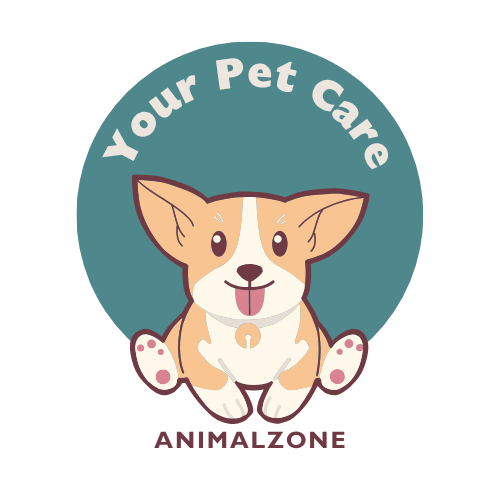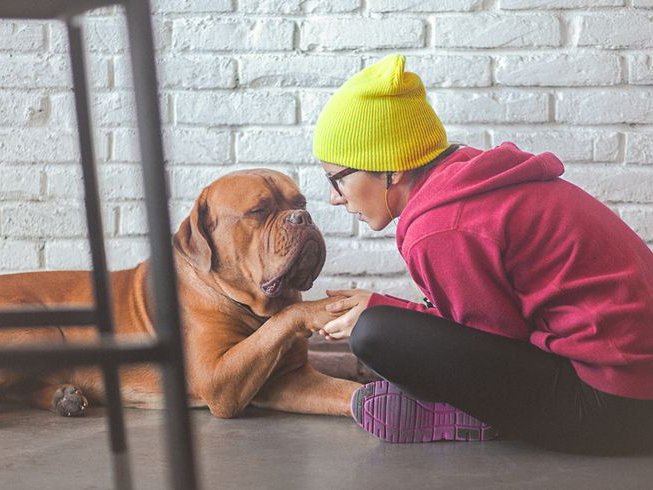If you’ve recently welcomed a puppy into your home, you’ve likely experienced puppy mouthing — the stage when young dogs use their mouths to explore everything, including your hands, clothes, and furniture. While this behavior is a natural part of development, it can quickly become frustrating or even painful if not addressed properly.
This guide will help you understand why puppies mouth, how to manage and redirect this behavior, and when to seek additional help.
What Is Puppy Mouthing?
Puppy mouthing is the act of a young dog using their mouth to interact with the world. Just like human babies who put things in their mouths to learn, puppies do the same. They explore textures, release teething discomfort, and engage in play — often by gently biting or chewing on people and objects.
In most cases, this behavior starts around 3 to 5 weeks of age and peaks during teething, which typically occurs between 3 to 6 months old.
Why Do Puppies Mouth?
There are several reasons puppies engage in mouthing:
Teething discomfort
As new teeth come in, puppies feel discomfort and look for ways to relieve it. Chewing and mouthing are natural ways to ease the pressure.
Exploration
Puppies don’t have hands. Their mouths are their primary tools for learning about their environment.
Play behavior
In litters, puppies bite and mouth each other as a form of play. When they come home, they often try to play with humans the same way.
Attention-seeking
If mouthing gets a reaction from you — even negative — it may encourage your puppy to continue the behavior to get attention.

How to Manage Puppy Mouthing
1. Use chew toys
Redirect your puppy’s mouthing onto appropriate chew toys. Keep a variety of safe, age-appropriate toys available, especially during teething.
2. Avoid rough play
Games that involve your hands, such as wrestling, can confuse puppies about boundaries. Stick to tug toys or fetch instead.
3. Use positive reinforcement
Reward your puppy when they play nicely or chew on the right things. Treats, praise, and attention help reinforce good behavior.
4. Teach bite inhibition
If your puppy mouths too hard, let out a firm “ouch!” and stop playing for a moment. This mimics how other puppies teach each other that biting hurts.
5. Be consistent
All members of the household should respond to mouthing the same way. Mixed signals can delay learning.
6. Provide mental stimulation
A bored puppy is more likely to mouth. Use puzzle toys, training sessions, and regular walks to burn off energy.
When Is Mouthing a Problem?
While puppy mouthing is usually harmless, excessive or aggressive mouthing may indicate:
-
Lack of training or boundaries
-
Underlying anxiety or frustration
-
Poor socialization
-
Potential early signs of resource guarding or reactivity
If your puppy’s mouthing includes growling, hard biting, or continues well beyond the typical teething period, it’s wise to consult a certified dog trainer or behaviorist.
Final Thoughts
Puppy mouthing is a normal part of your dog’s development, but it’s important to teach them early on what is and isn’t acceptable. With patience, redirection, and consistency, your puppy will learn to interact gently and appropriately.
This stage won’t last forever — but the habits you teach during it will.
Learn More
Visit zoopiahub.com for professional guidelines on puppy socialization and behavior training.

